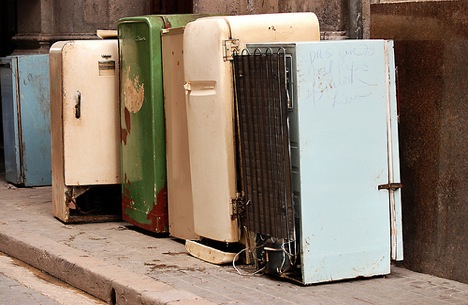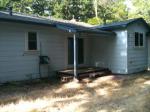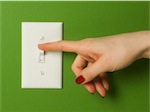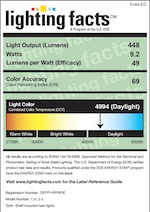Because of technology advancement and industry maturity, solar PV system prices are at all time low. Installed costs are between $4 to $5 per watt. The 30% federal tax credit is still in effect through 2016. In addition, some states and local jurisdictions may offer additional financial incentives.
With an expected 30-year life of a solar PV system, it can be estimated that if you own a solar PV systems, it only costs between 10¢ and 15¢ to generate 1 kwh (kilo-watt-hour, basic unit utilities charge). Solar PV system is a clear winner for people paying more for their electric utilities. For instance, in California, where tiered electric rates are in use, the higher tiers prices range from 25¢ to 50¢ per kwh.
If the initial cost of owning a system is more than your willingness to spend, there are also lease and power purchase agreements that remove or reduce the initial cost but still allow you to enjoy lower energy costs.Solar PV systems are financially superior to paying high utility rates and they are cleaner forms of energy source. However, manufacture and end-of-life disposal of solar system still use energy and chemicals. Choosing the smallest number of solar modules to meet your energy needs is the environmentally friendlier way to go. To this end, several steps are recommended.
- Do an energy assessment yourself or hire a professional for the assessment. Find out where your energy is used. Pay particular attention to usage that is higher than expected or normal.
- Put electronic gadgets on smart power strips or timers so that the gadgets can be turned off when not in use.
- If you have not done so already, replace incadenscent lights by CFLs or LEDs. CFLs and LEDs use only 20% to 25% of the energy as incandescent lights.
- Put lights on timers, occupancy sensors, or turn them off in rooms that are not in use.
- Replace old, inefficient appliances, such as refrigerators, dish washers, clothes washers, or air conditioners, whenever opportunities come. Don’t keep your old refrigerators in the garage – it will cost you more! If you really need a second refrigerator, buy a new one.
- Use energy monitor and management systems to help conserve.
- Figure out remaining needs and size a system properly.
Picking the right size without overdoing it is the best way to save money and save the planet.








